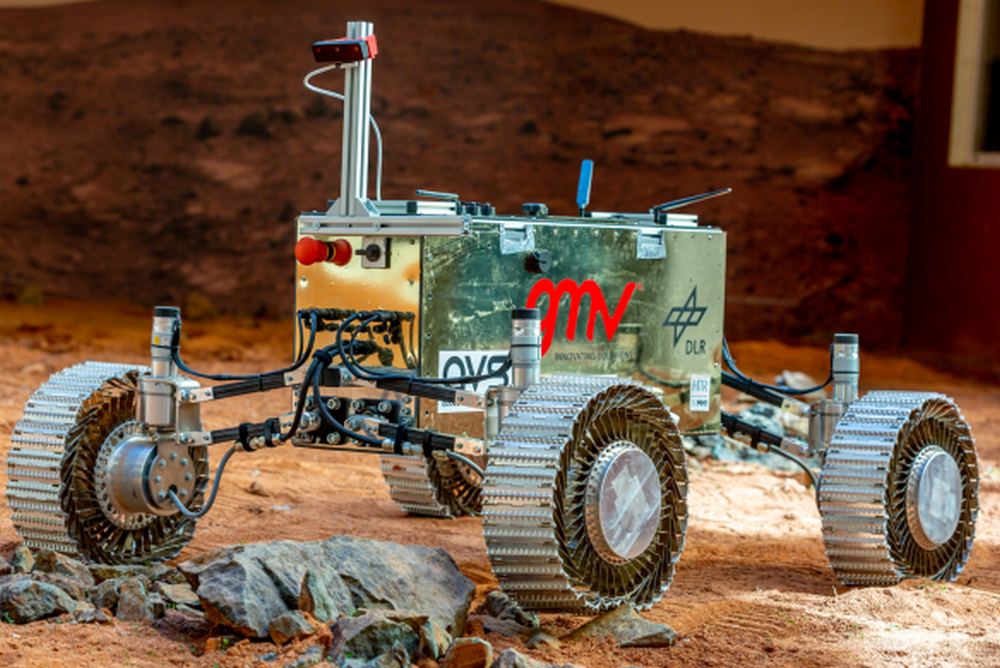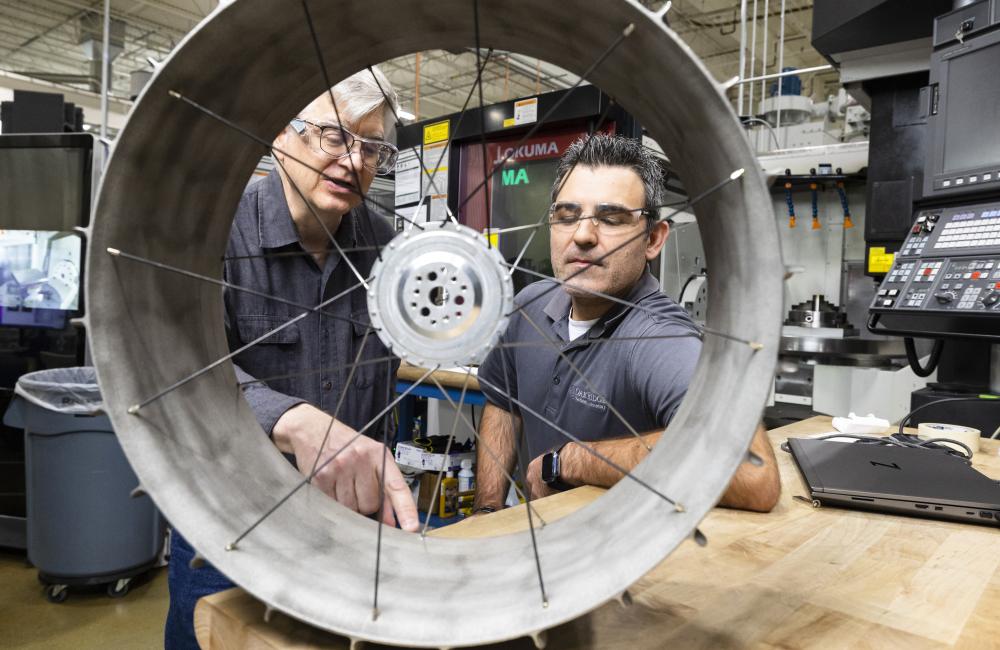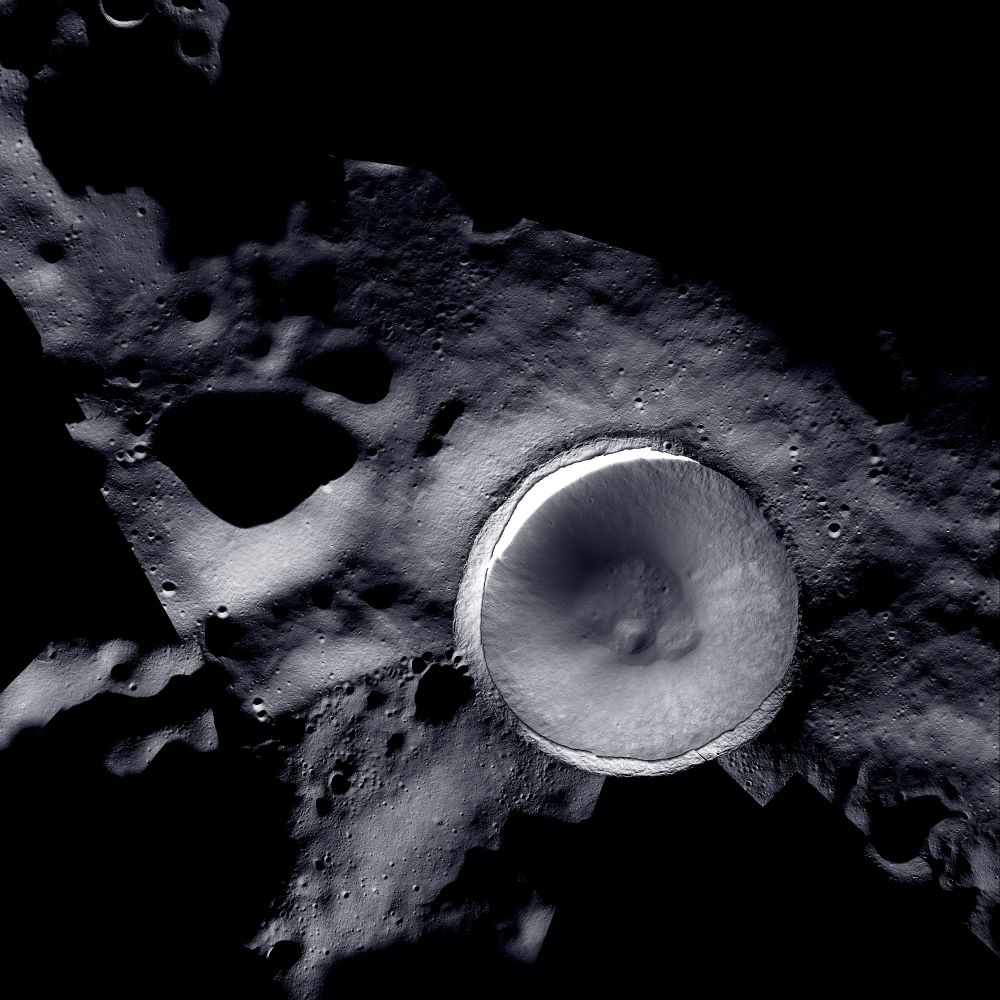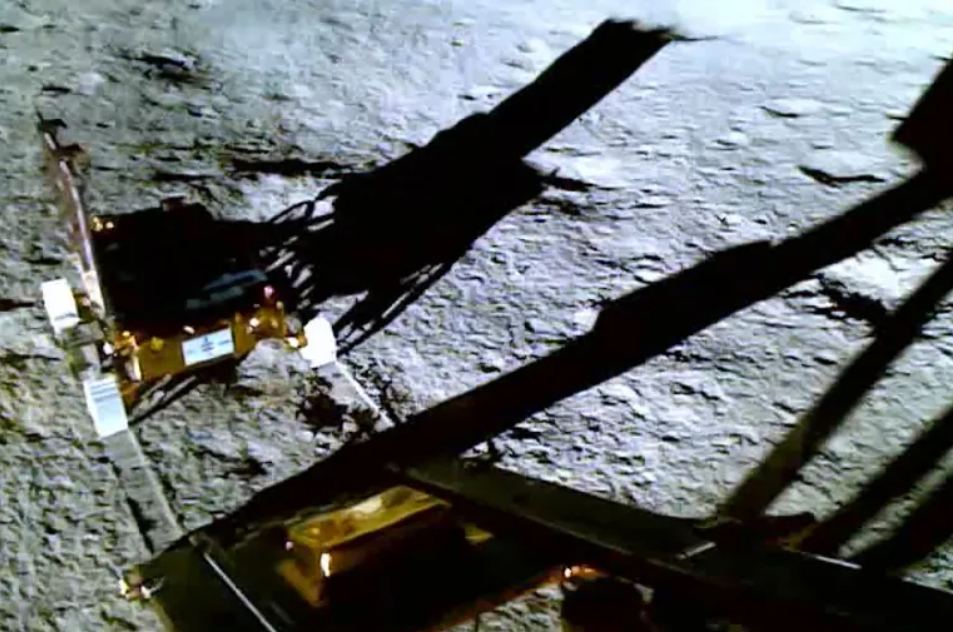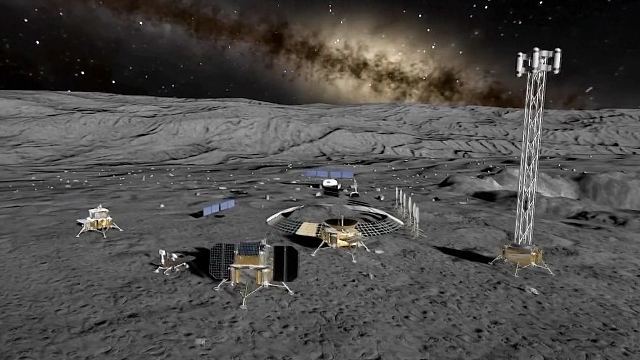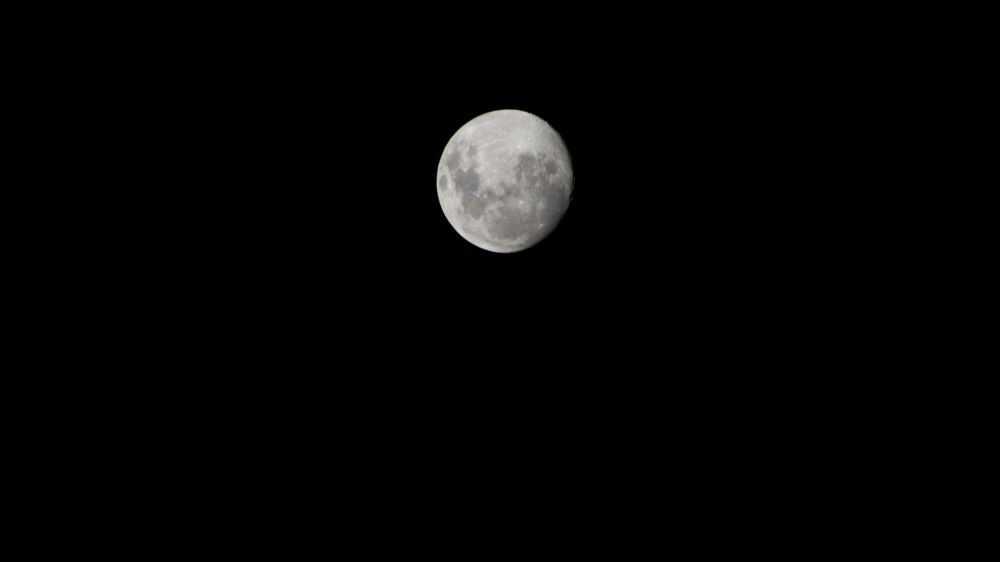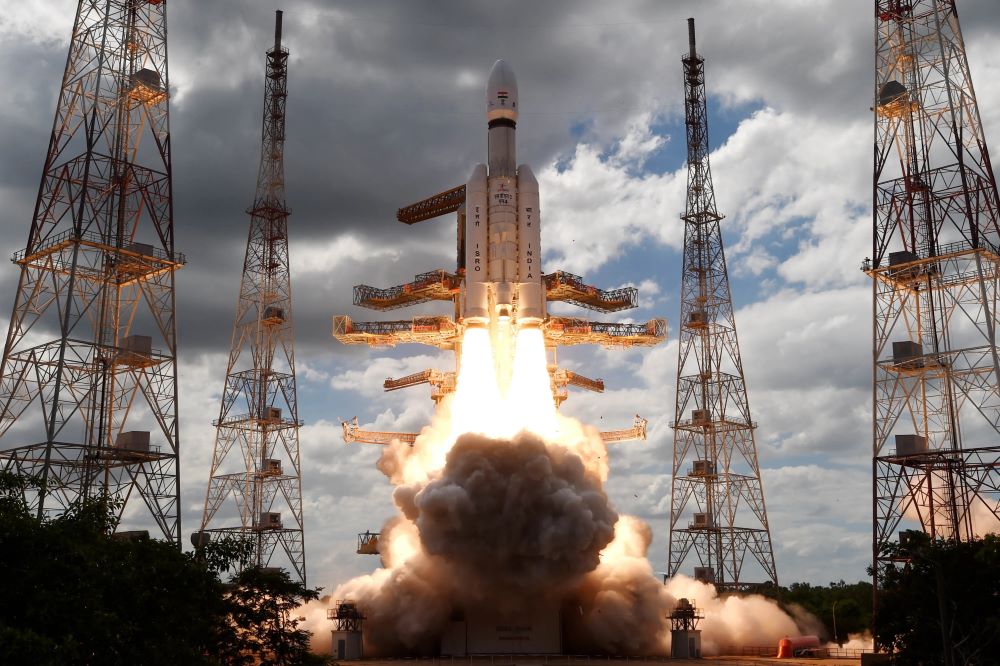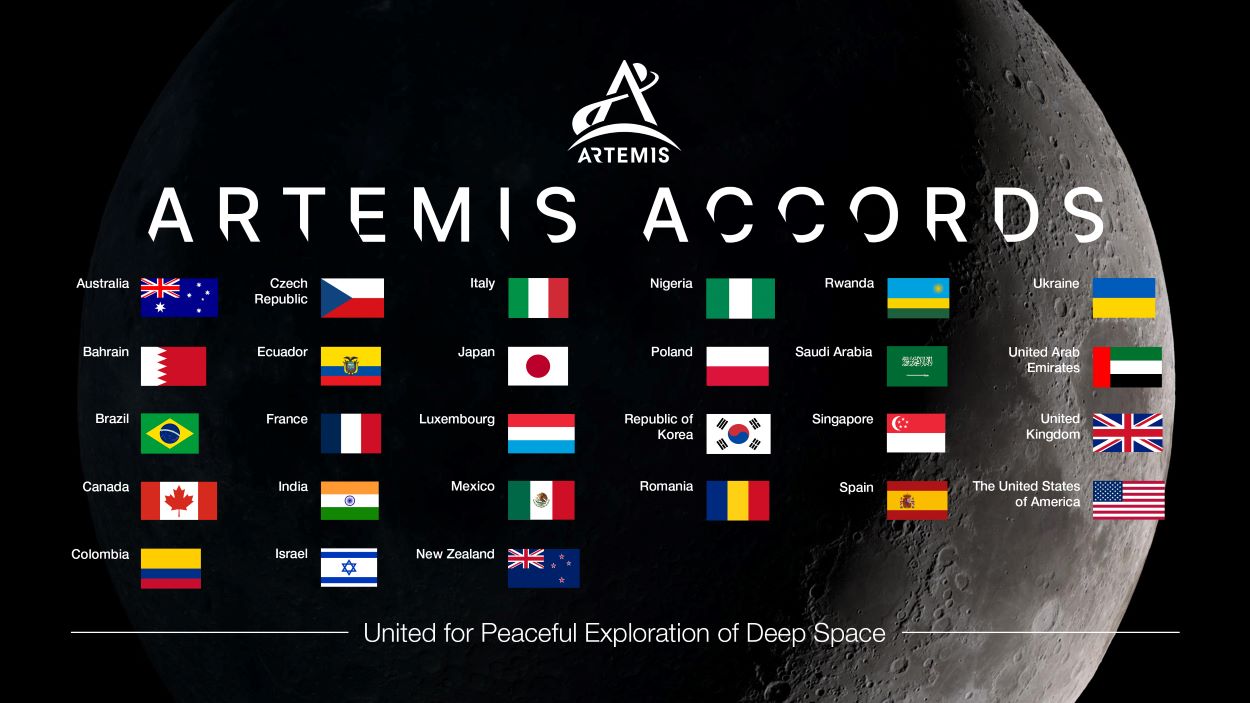Most rovers have been built for Mars, and each one of them is a complex machine designed with specific goals and terrains in mind. But the Moon is different than Mars. We’re not searching for life there; we’re trying to establish a presence.
In recognition of the difference, the ESA is developing modular rovers that can serve different needs with only small modifications.
Continue reading “ESA is Testing a Modular Multipurpose Rover that Could Be a Science Lab or a Tiny Bulldozer”
